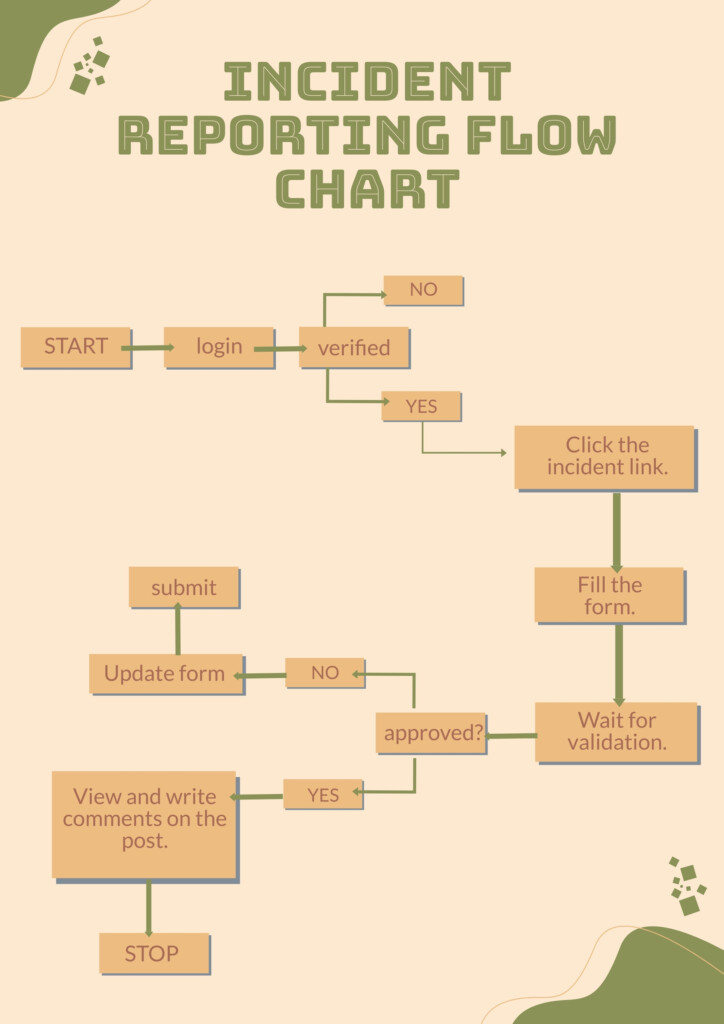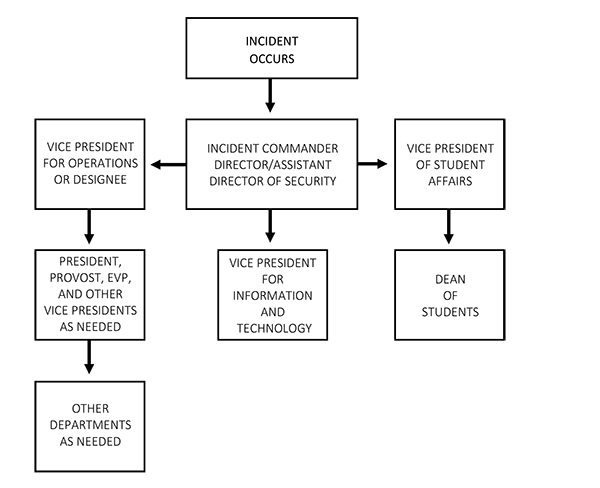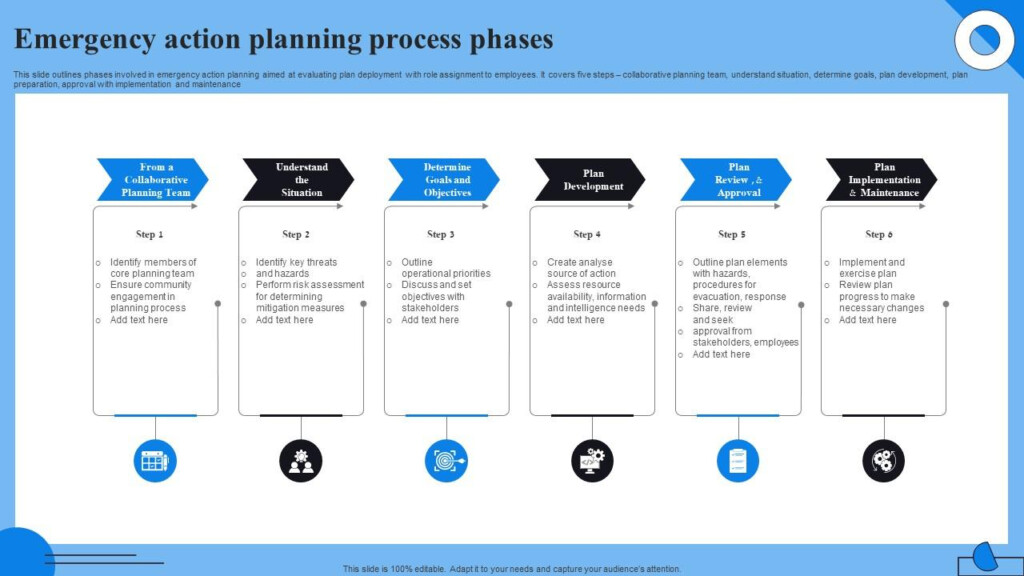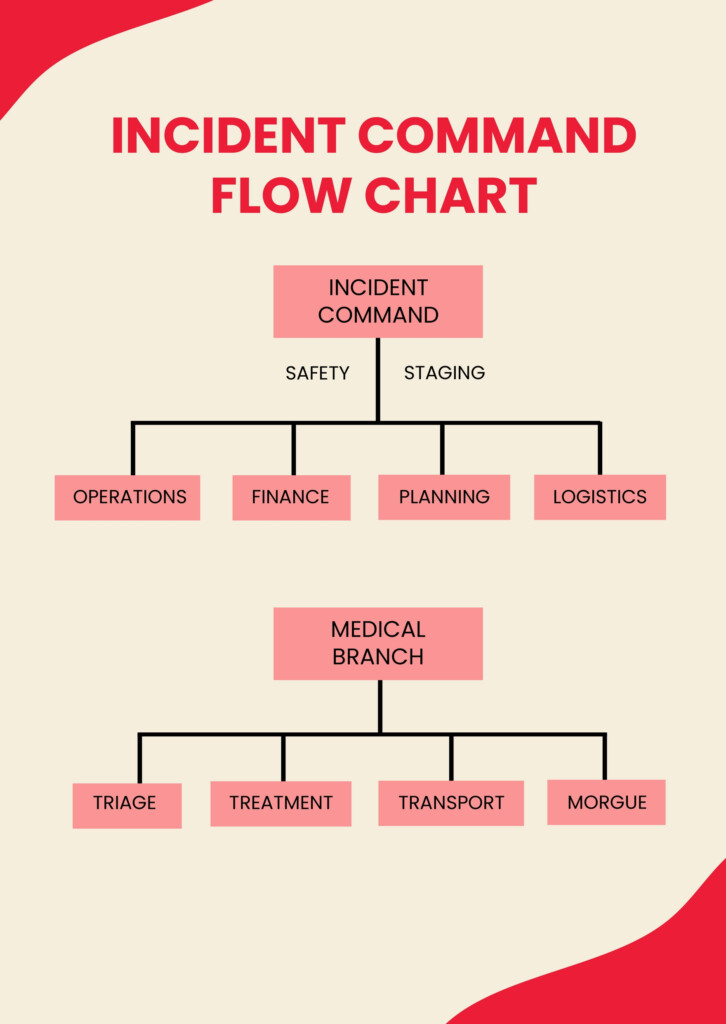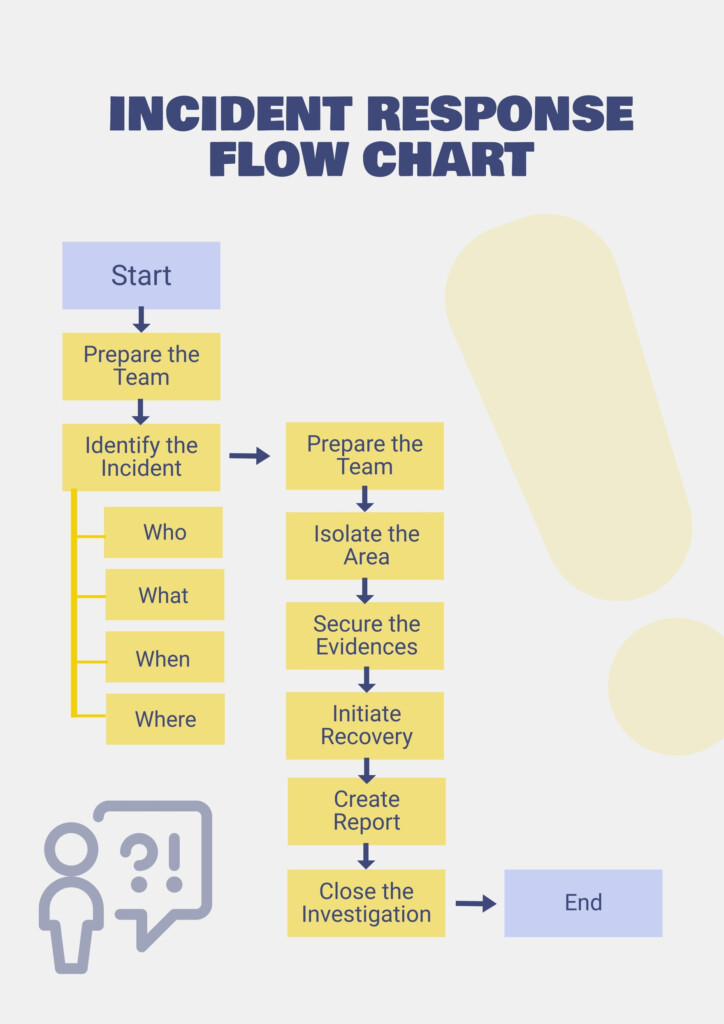In times of crisis, having a well-defined emergency process flow chart can make all the difference in effectively managing the situation and ensuring the safety of everyone involved. Whether it’s a natural disaster, a medical emergency, or a security threat, having a clear plan of action can help minimize confusion and streamline response efforts. Here are some key steps to consider when creating an emergency process flow chart for your organization.
The first step in creating an emergency process flow chart is to identify the potential emergency scenarios that your organization may face. This could include fires, severe weather events, power outages, or other types of emergencies. By understanding the specific risks that your organization is exposed to, you can tailor your emergency response plan to address these specific threats.
Emergency Process Flow Chart
Once you have identified the potential emergency scenarios, you can begin to outline the specific steps that need to be taken in each situation. This may include assigning roles and responsibilities to key personnel, establishing communication protocols, and determining evacuation procedures. By breaking down the response process into clear, actionable steps, you can ensure that everyone knows what to do in the event of an emergency.
Develop a Communication Plan
Effective communication is essential during an emergency situation, and having a communication plan in place can help ensure that information is shared quickly and accurately. Your emergency process flow chart should outline the communication protocols that will be used during an emergency, including how information will be disseminated to employees, customers, and other stakeholders.
It’s important to consider multiple communication channels, such as email, phone, text message, and social media, to ensure that important information reaches everyone in a timely manner. Additionally, you should establish a chain of command for communication, outlining who is responsible for authorizing and disseminating information during an emergency.
Test and Review Your Emergency Process Flow Chart
Once you have developed your emergency process flow chart, it’s important to test it regularly to ensure that it is effective and up-to-date. Conducting drills and simulations can help identify any potential gaps or weaknesses in your emergency response plan, allowing you to make necessary adjustments before a real emergency occurs.
It’s also important to review your emergency process flow chart periodically to ensure that it reflects any changes in your organization or its operations. As your business grows and evolves, so too should your emergency response plan. By regularly reviewing and updating your emergency process flow chart, you can ensure that it remains a valuable tool for managing emergencies and protecting your organization.
By following these steps and creating a comprehensive emergency process flow chart, you can help your organization be better prepared to handle any emergency situation that may arise. Having a clear plan in place can give everyone peace of mind and confidence in knowing that they are equipped to respond effectively in times of crisis.
Download Emergency Process Flow Chart
Emergency Flow Chart 2019 College Of Mount Saint Vincent
Emergency Action Plan Flow Chart
Incident Management Process Flow Chart In Illustrator PDF Download
Incident Management Process Flow Chart In Illustrator PDF Download
